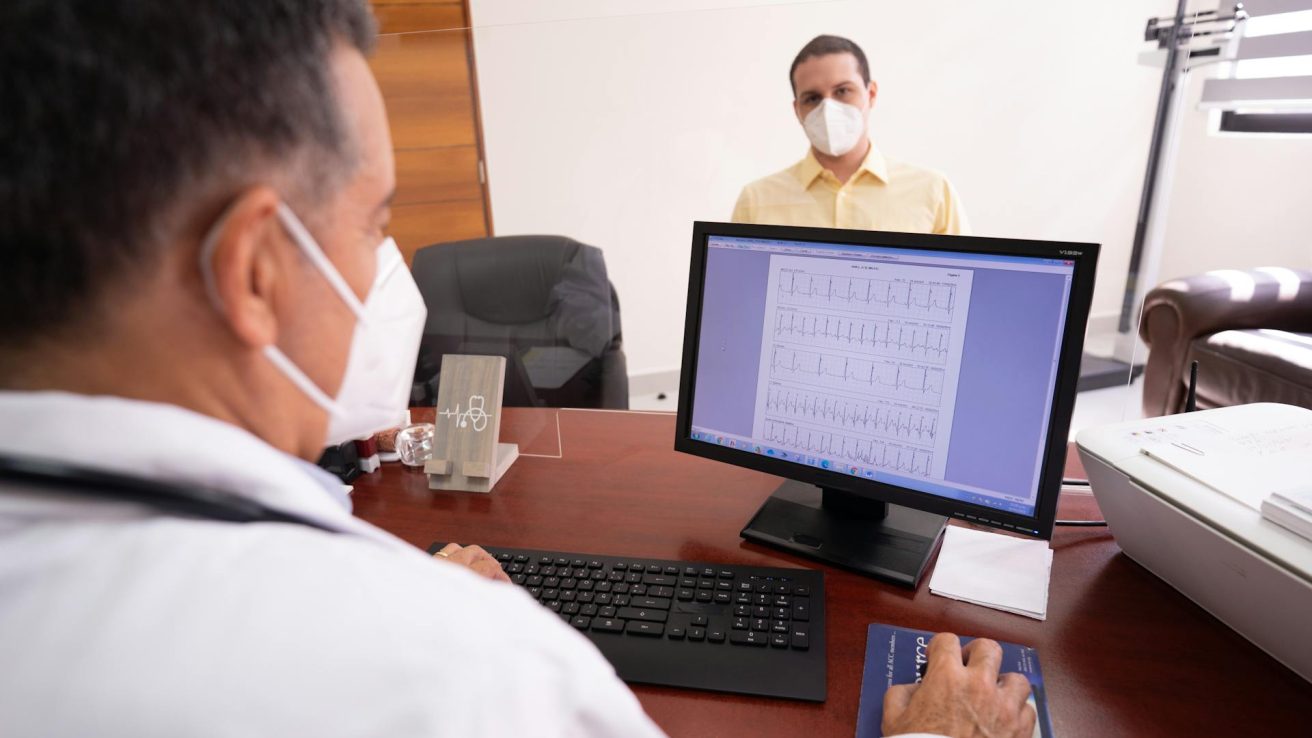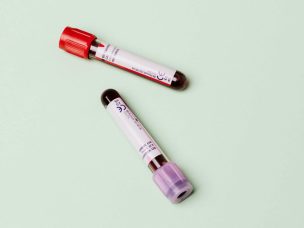Detailed neurological and cardiac investigations of transthyretin gene mutation carriers are crucial for early detection and treatment of hereditary transthyretin amyloidosis, according to a new study.
Hereditary transthyretin amyloidosis (ATTRv) is an autosomal dominant disease caused by pathogenic transthyretin (TTR) gene variants. It mostly affects the peripheral nerves and heart. Screening and monitoring TTR gene mutation carriers can ensure the earliest possible detection of disease onset.
A study in the Journal of Neurology, Neurosurgery & Psychiatry developed a multimodal approach based on neurologic and cardiac investigations in ATTRv carriers to facilitate early diagnosis and early initiation of disease-modifying treatments (DMTs).
Study Population
A total of 130 mutation carriers with normal nerve conduction study (NCS) results were analyzed. The mean age was 43.6 years, and 40.8% were male. There were 18 pathogenic TTR gene variants, with Val30Met accounting for 65% of these. One-third (28.5%) of the carriers had neurological complaints (Lauria score ≥2), 33.1% showed at least one abnormality on clinical examination, and 13.1% had both a subjective complaint and an abnormality on examination.
Skin Biopsy and Bone Scintigraphy Show Amyloidosis in Many Carriers
Amyloidosis was detected in 22/130 (16.9%) carriers on the basis of intracutaneous amyloid deposition (ICAD) on skin biopsy and/or cardiac DPD uptake on bone scintigraphy. ICAD was detected in 11/115 (9.6%) carriers. Cardiac DPD uptake was seen in 15/95 (15.8%) carriers. Of the 89 carriers undergoing both investigations, 18 had one of these abnormalities, and 4 had both. ICAD was more frequent in the EOVal30Met group than in the LOVal30Met group or other mutation carriers (p=0.035).
Mutation Carriers Have High Sensory and Autonomic Denervation
Sensory denervation was detected in 102/115 (88.7%) of carriers, with a median intra-epidermal nerve fiber density (IENFD) of 6.6/mm at the ankle, 9.2/mm at the wrist, and 10/mm at the thigh. Sudomotor denervation was detected in the feet of 36.2% of carriers. Cardiac denervation was documented in 21/68 (30.9%) and 26/113 (23%) of carriers through 24-hour heart rate variability (HRV) and Valsalva ratio for short-term HRV, respectively. Meta-iodo-benzyl-guanidine scintigraphy detected sympathetic cardiac denervation in 15/97 (15.5%) cases, and abnormal atropine test results were noted in 3/71 (4.2%) cases.
Imaging Reveals Cardiac Abnormalities in a Substantial Proportion of Carriers
On echocardiography, 8/108 (7.4%) carriers had an interventricular septum thickness ≥12mm, and 16/83 (19.3%) had strain alterations. Twelve carriers (13.2%) demonstrated late gadolinium enhancement on cardiac magnetic resonance imaging.
The Multimodal Approach Detects Amyloidosis in Many Carriers
The 130 participants were then classified into four groups based on severity of impairment: nine carriers (6.9%) had overt ‘symptomatic’ amyloidosis (five with small-fiber neuropathy, four with cardiomyopathy); 13 asymptomatic carriers (10%) had amyloidosis associated with various abnormalities, including low IENFD and/or autonomic dysfunction; 105 (80.8%) carriers had isolated abnormal test results of unknown significance without amyloid deposition; and three (2.3%) carriers had no abnormalities. The systemic multimodal evaluation led to the initiation of DMT in most carriers with amyloid deposits (19/22, 86.4%).
Source
Beauvais, D., Labeyrie, C., Cauquil, C., Francou, B., Eliahou, L., Not, A., Echaniz‐Laguna, A., Adam, C., Slama, M., Benmalek, A., Leonardi, L., Rouzet, F., Adams, D. H., Algalarrondo, V., & Beaudonnet, G. (2023). Detailed clinical, physiological and pathological phenotyping can impact access to disease-modifying treatments in ATTR carriers. Journal of Neurology, Neurosurgery, and Psychiatry, jnnp-332180. https://doi.org/10.1136/jnnp-2023-332180










